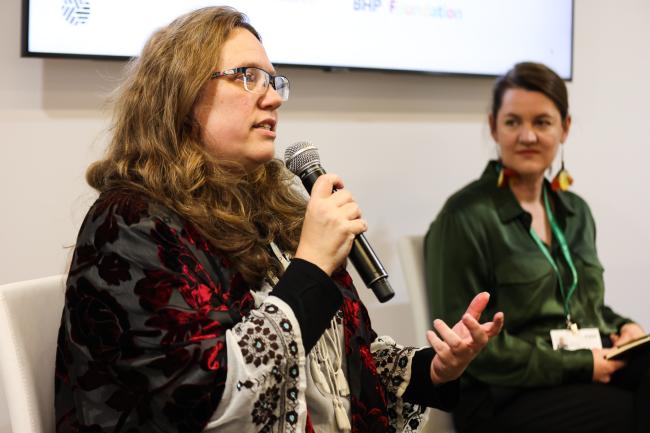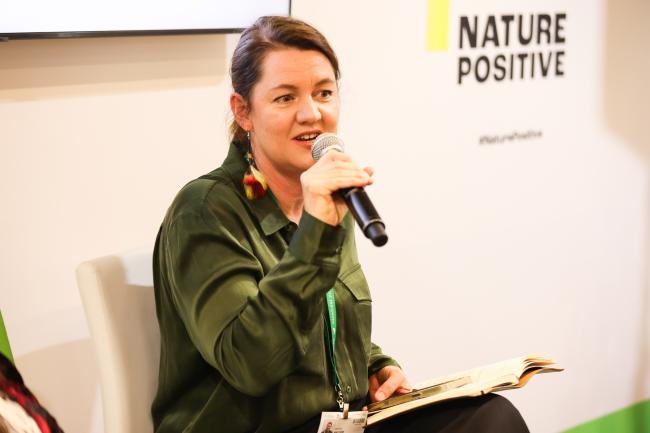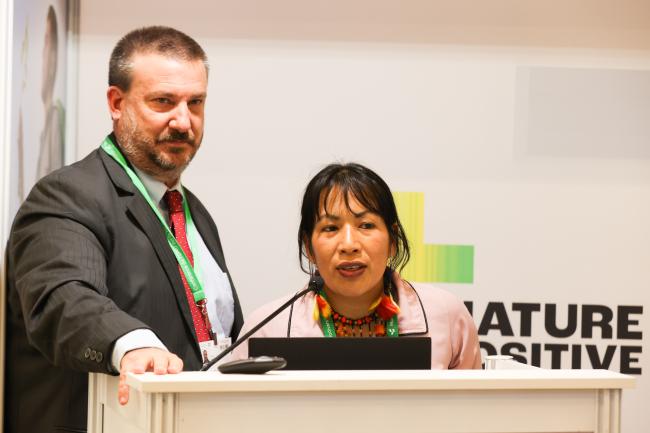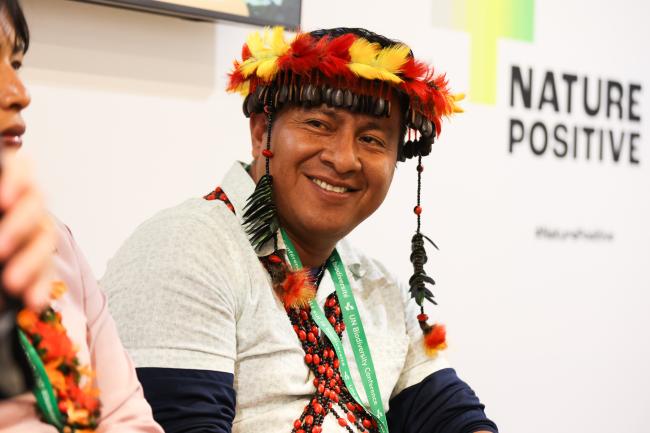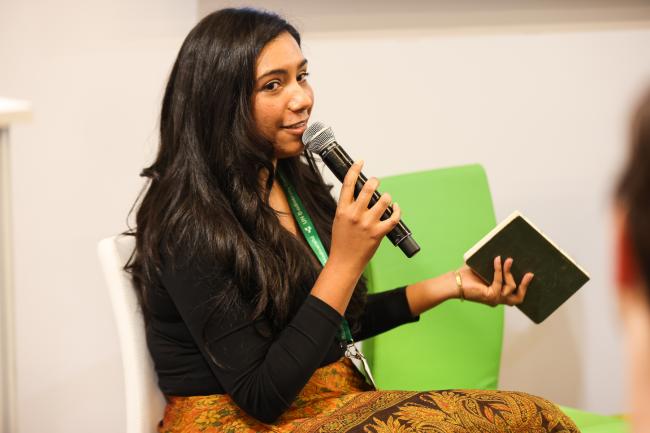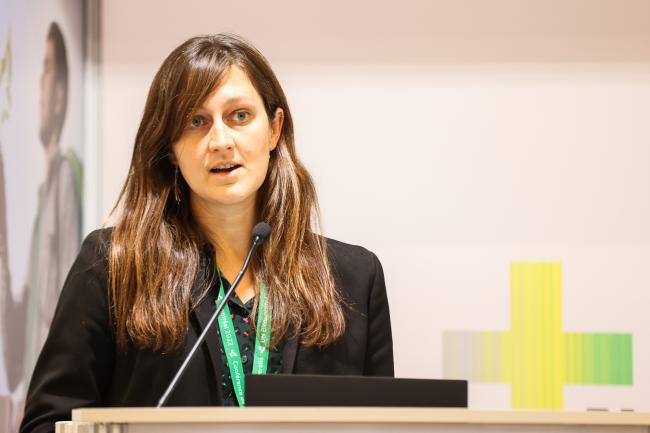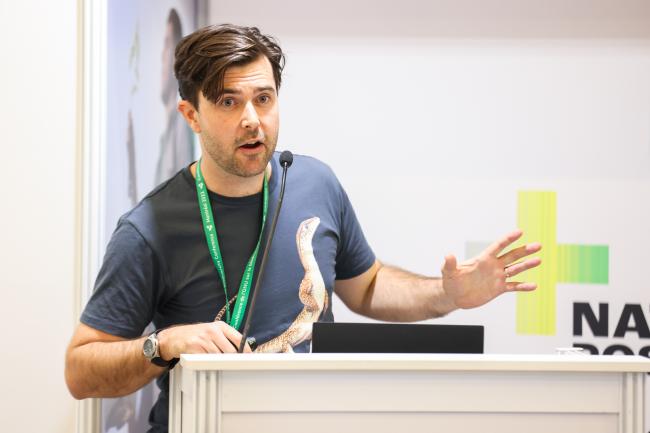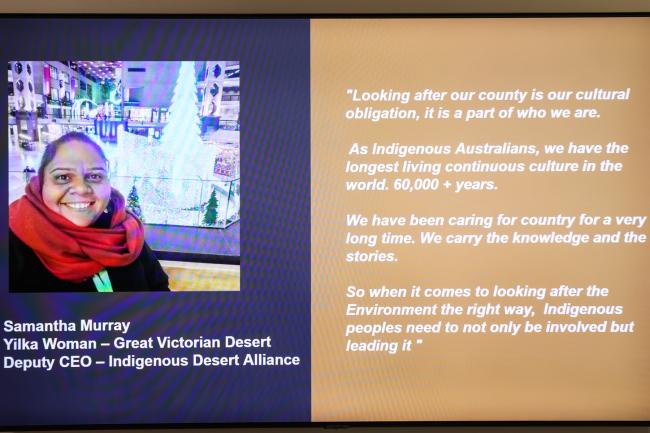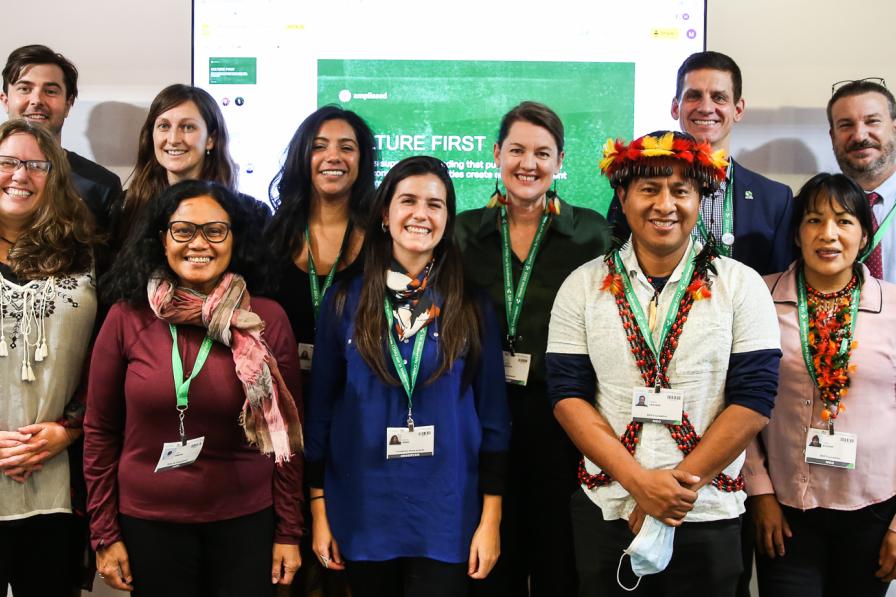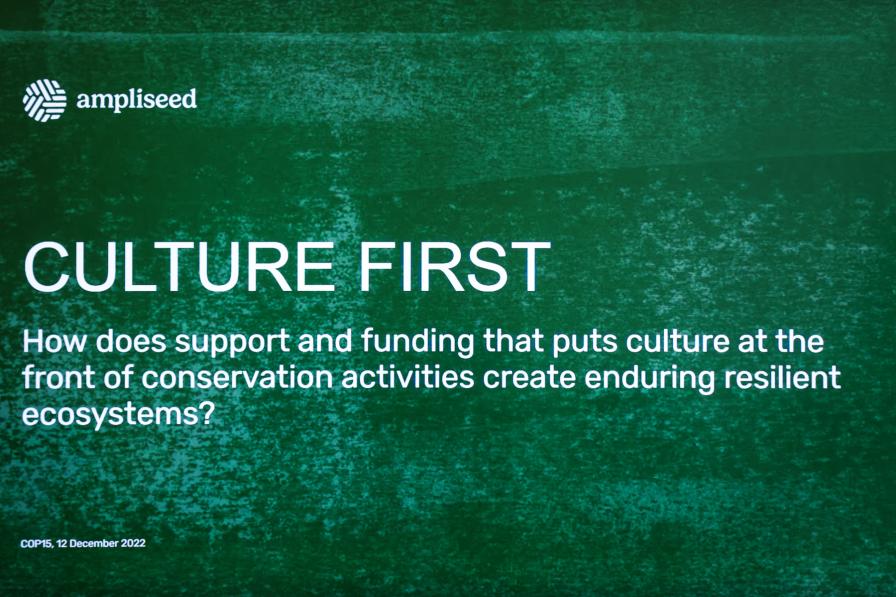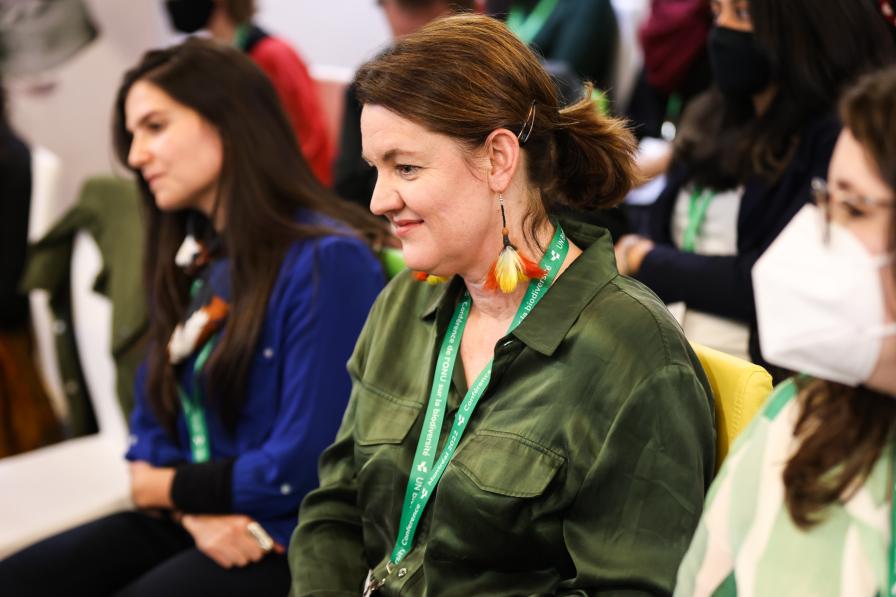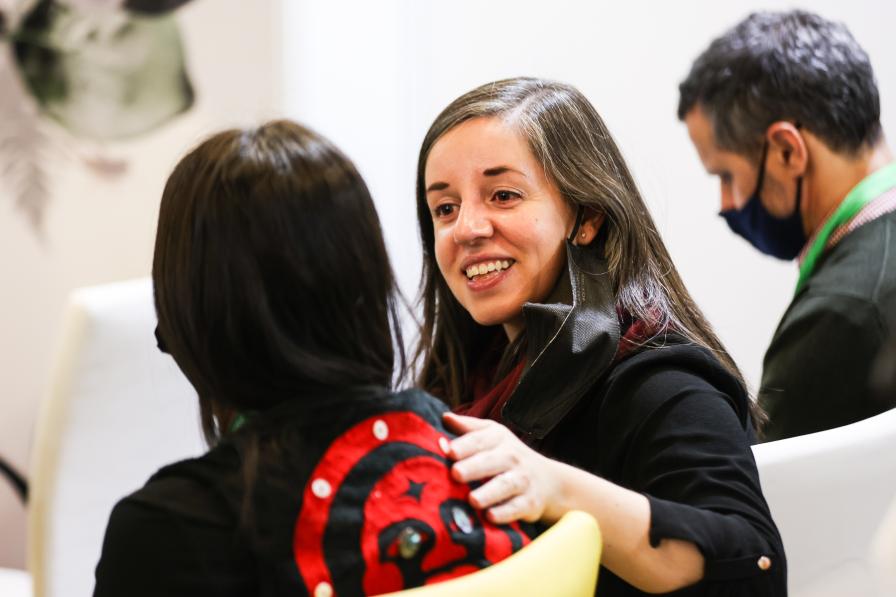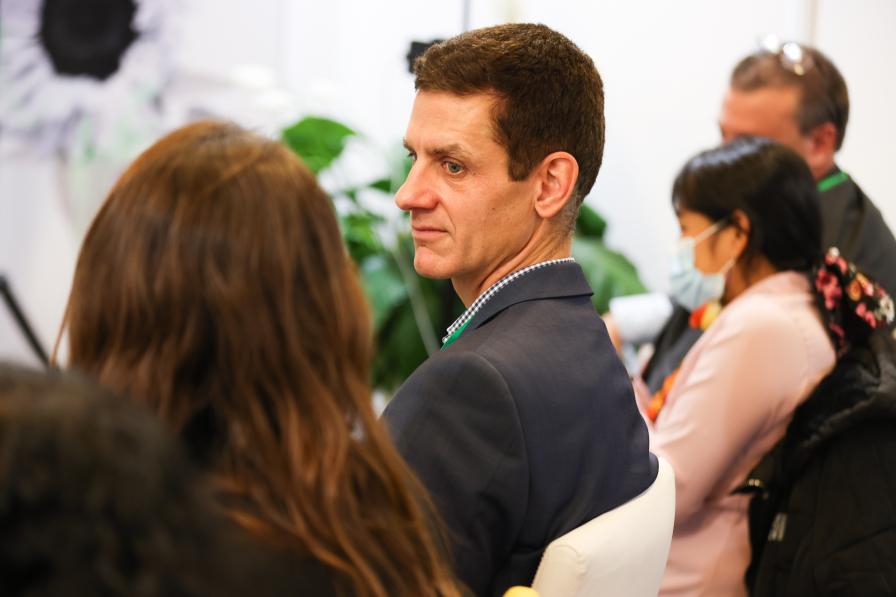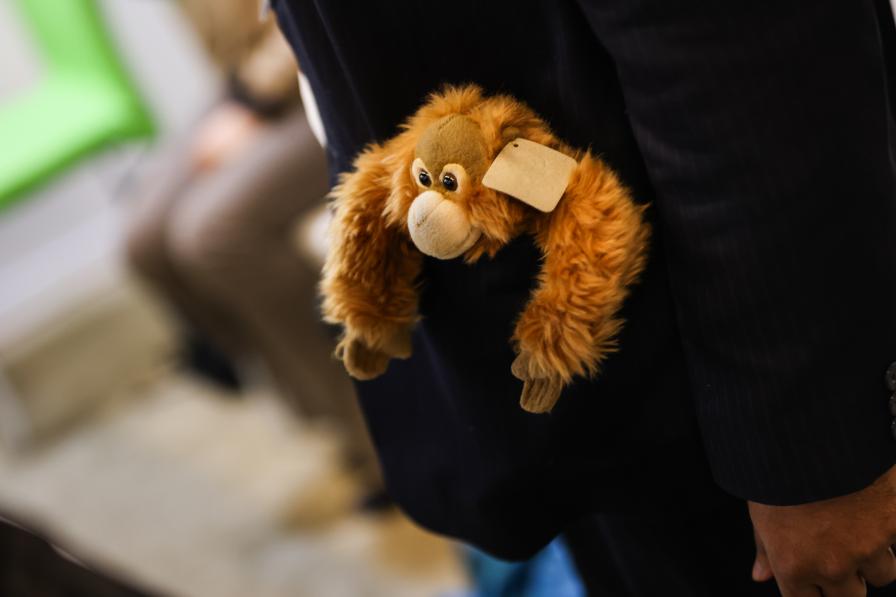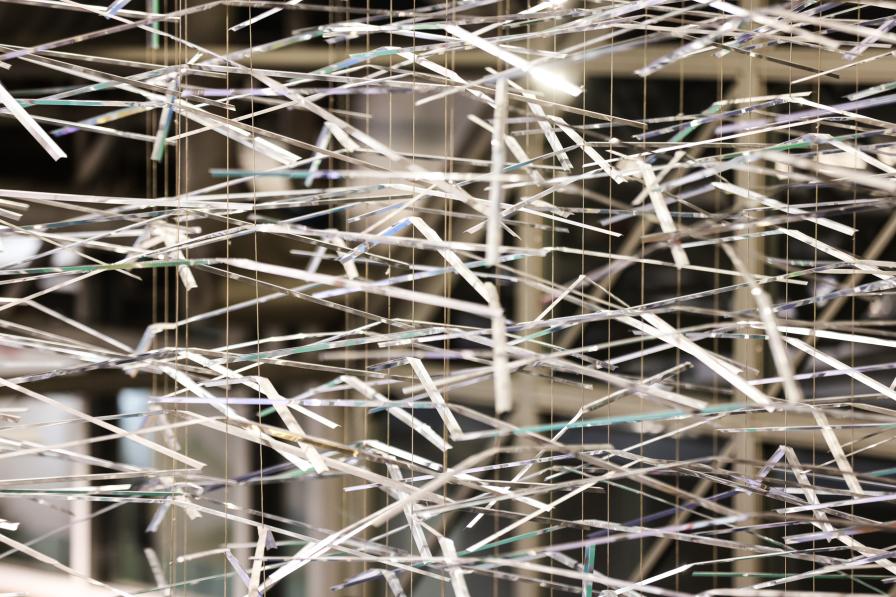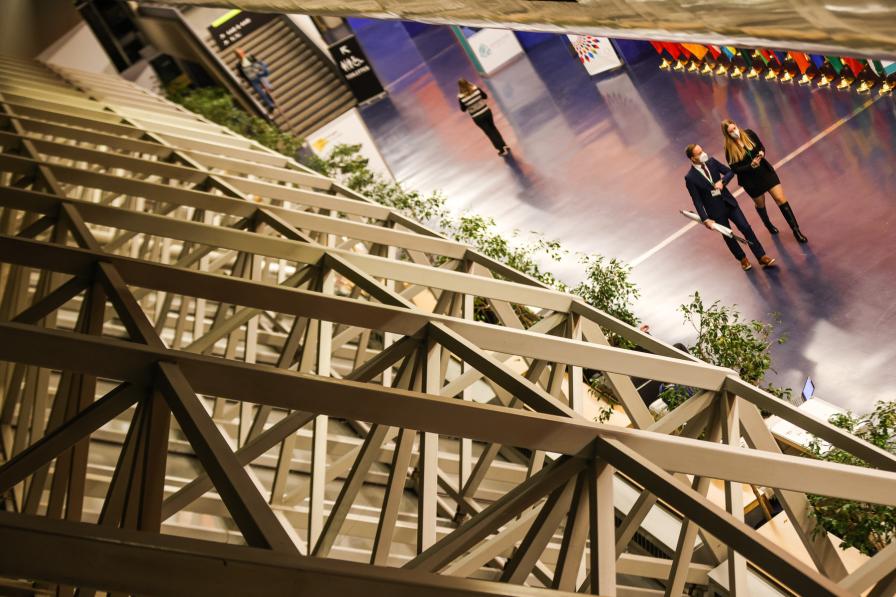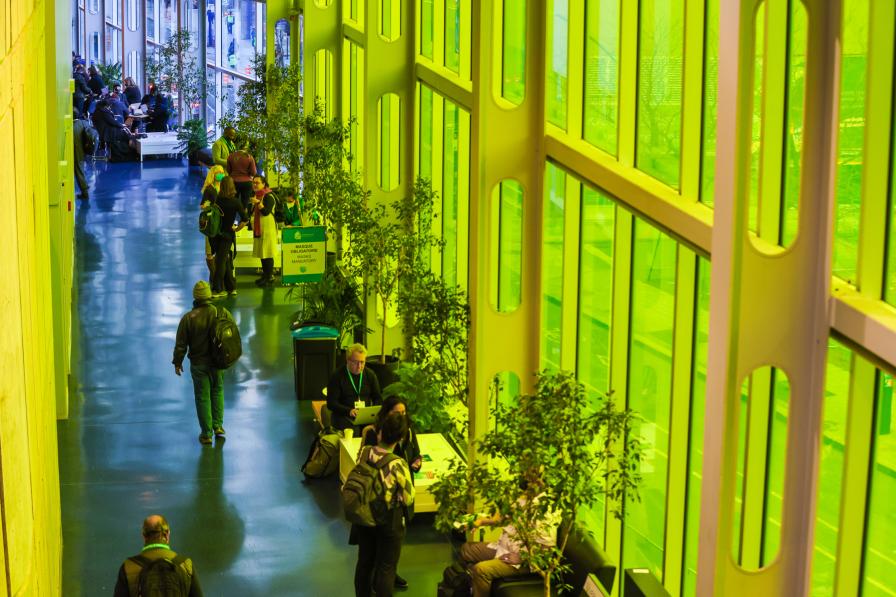About
This side event shared case studies and lessons on how taking a rights-based, people-centered approach to supporting landscape-scale projects can foster unique interactions between communities, economies, and environments that build enduring conservation outcomes.
A rights-based, people-centered approach to supporting landscape-scale projects can foster unique interactions between communities, economies, and environments that build enduring conservation outcomes.
This side event, moderated by Kirsty Galloway McLean, Executive Director, Pollination Foundation/Ampliseed, shared case studies and lessons on how taking such an approach can foster these unique interactions. An expert panel discussion was followed by an exchange of views with donors, learning network facilitators, and frontline project implementers working in diverse landscapes.
In her introduction, McLean stated that Ampliseed is a network of rights-based, human-centric Indigenous leaders and conservation practitioners who are working at a landscape scale to build environmental resilience. She stressed how thinking and working at the landscape scale and with Indigenous Peoples is “doing the actual work that protects nature.”
Melinda Macleod, BHP Foundation, described the aim, as corporate philanthropists, to take a catalytic approach for systems change, “to get in early, and support lasting and sustainable change.” She stressed the importance of investing in people and taking a rights-based approach for people to benefit from the resources from their land and to realize their own aspirations, underscoring that if “you put culture first, the rest will come.”
Uziela Achayap, Alto Mayo Awajun Communities Landscape/Bosque de las Nuwas (Peru), described the Nuwas Association, which was started by three women elders of the community who took the initiative to foster productive economic and conservation activities and to protect the 500 hectares of remaining forest. She expressed pride in having “strengthened the forest as women” and the important role her organization plays in sharing knowledge with other communities in the Alto Mayo region and beyond.
Edward Cahauza, Indigenous Regional Federation of the Alto Mayo Awajun Communities (FERIAAM), Peru, described his Federation as tasked with promoting the integral development and defense of the rights of the Awajun Native Communities of the Alto Mayo and to represent them before local, regional, and central governments and before public, private, national, and international institutions. He noted that FERIAAM represents 16 communities living on over 300,000 hectares. He identified threats to the forest and communities, including territorial conflicts from land trafficking and armed groups, unsustainable economic activities, such as the use of agrochemicals, and cultural degradation, from the loss of traditional and ancestral practices. He underscored that conservation requires not only strengthening governance, but also ensuring safeguards for human rights to develop sustainable supply chains that are both culturally appropriate and economically viable.
Underlining the need to center human rights, Diego Dourojeanni, Conservation International, highlighted these as examples of how biodiversity conservation can be done when we see Indigenous People as equal partners.
Hadley Archer, Executive Director, Nature United, shared a story from the boreal forest, saying that in recent years, Indigenous Peoples have not been the beneficiaries of or consulted on projects , and have been displaced without consent or prior information. He spoke about Chief Clarence Easter, Chemawawin Cree Nation, Manitoba, who was willing to explore ways “to do forestry differently.” He also spoke about the Misipawistik Cree Nation, which established the Misipawistik Guardian Programme, working jointly with the government to effectively manage relevant fisheries.
Amanda Alfonso, Fundación TierraAustral, described opportunities for protecting private lands in the most populated regions of Chile, where over 80% of the land is privately owned, and yet is only 1% protected for conservation. She described the role of the Derecho Real de Conservacíon (DRC), which is modelled as a conservation easement, in which landowners can assign the land for conservation in perpetuity.
Javiera Yáñez, Fundación TierraAustral, echoed Alfonso, illustrating how local communities have been involved from the beginning of the decision-making process, including through participatory governance to strengthen the effective management of private protected areas. She noted how the DRC is a highly inclusive tool that enables “landowners to not just be part of the solution, but to be the solution,” and ensuring conservation models that are respectful and compatible with traditional land uses.
Lolita Gibbons Decherong, Resilient Reefs Initiative, Palau, underscored that the traditional Chiefs’ responsibility had previously included the maintenance of the reefs, but lamented that modern national laws have eroded these responsibilities over the years, with negative impacts on the reefs and fisheries. She highlighted the #OneCommunity, which currently works to formulate a fisheries management plan, and is led by the traditional Chiefs, community leaders, and scientists. She said this is gradually beginning to restore the reef and improve livelihoods.
Sophie Persey, Rainforest Alliance, said landscape approaches need to be underpinned by reliable and holistic data. She introduced LandScale, a tool composed of an assessment framework, an online platform, and a validation mechanism, and includes a review by local experts. She noted that LandScale assessments are being used to understand risk, pointing to the roll out of the LandScale assessment in Peru, which has already borne fruit by lowering credit interest rates for local communities.
Luke Sweet, Indigenous Desert Alliance, Australia, described the Australian desert and transmitted a message from his colleague Samantha Murray, who stated: “Looking after our country is a cultural obligation, and it is part of who we are.” He described the Alliance’s 65 ranger teams, underlining that rangers are guardians who look after the country, “because it’s their cultural obligation.” He provided an example of the innovation and wisdom of traditional knowledge to burn country in the cool seasons to restore traditional fire practices and to pass down knowledge across generations.
Organizers: Pollination Foundation
Contact: Kirsty Galloway McLean, Pollination Foundation Kirsty.mclean@pollinationgroup.com
For more information: https://ampliseed.org/page/cop15-delegation
Written and edited by Tallash Kantai, Vijay Kolinjivadi PhD, and Deborah Davenport, PhD
All ENB photos are free to use with attribution. For this event, please use: Photo by IISD/ENB | Natalia Mroz
To receive free coverage of global environmental events delivered to your inbox, subscribe to the ENB Update newsletter.

